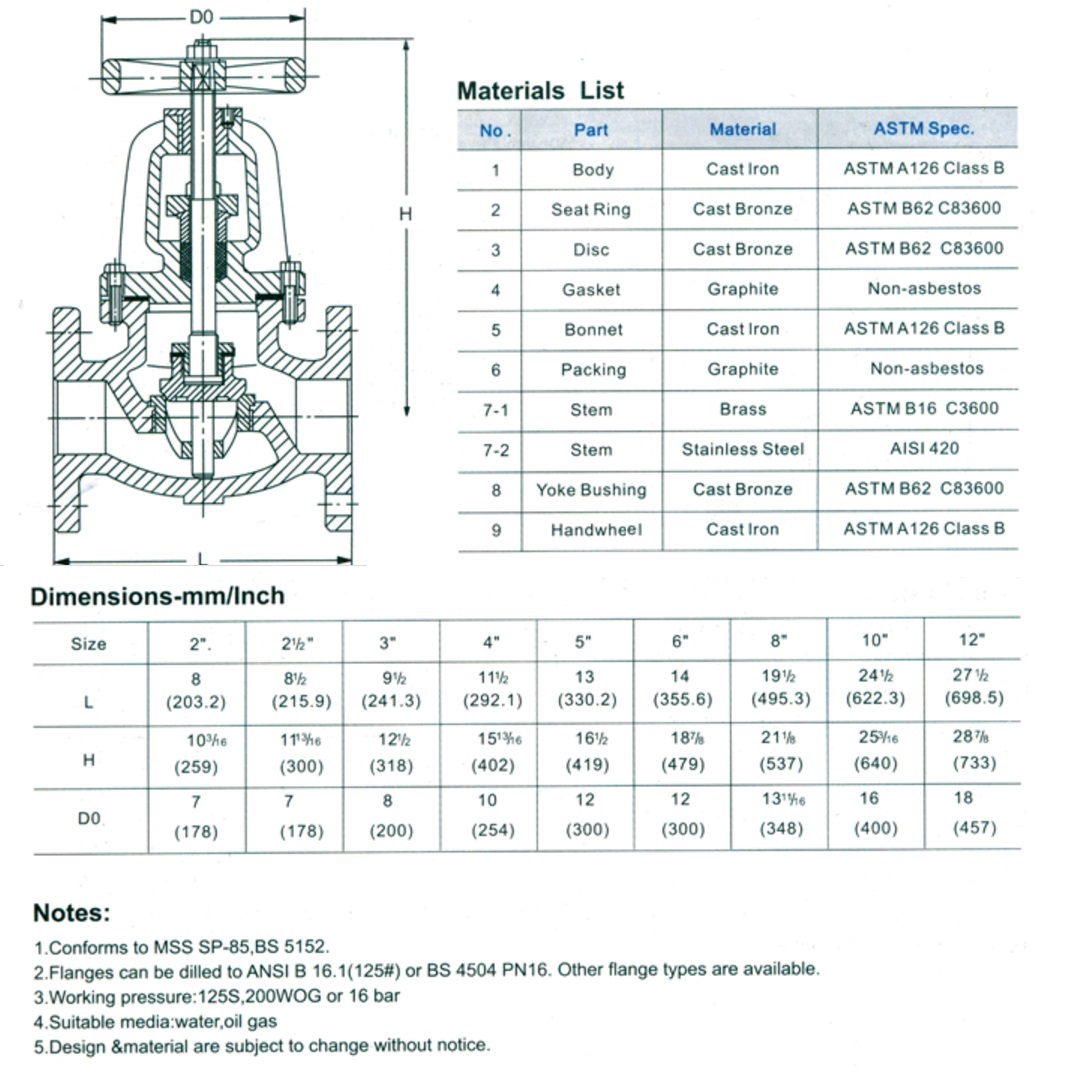The cost of filling down the
plastic means adding a low cost filler, or filler, to the resin. Commonly used fillers are mainly natural minerals and industrial wastes, in addition to organic fillers such as wood powder and fruit shell powder and waste thermosetting plastic powder. Filler is one of the most widely used and most expensive additives in plastics.
The purpose of plastic filling is mainly for reducing the cost of thermoplastics; for thermosetting plastics, both cost reduction and modification are combined. Filling, in addition to reducing costs, does not improve certain properties of the article. Generally, it can be improved in rigidity, heat resistance (inorganic filler), dimensional stability, reduction in mold shrinkage and creep resistance, and some can also improve insulation, flame retardancy, smoke odor, and sound insulation.
Common filler
(1) Natural mineral fillers
a, CaCO3 filler
b, talcum filler
c, wollastonite filler
d, kaolin filler
e, mica filler
f, diatomite filler
Filling design points to reduce the cost of plastics
(1) Oil absorption and resin absorption of the filler
a, the oil absorption of the filler
b, the resin absorption of the filler
In view of the fact that the filler has the above two oil absorption properties and resin absorption properties, the following points should be noted in the filling formulation design:
a. When the liquid auxiliaries are contained in the formulation system, a filler with low oil absorption should be used.
b. When the liquid resin is contained in the formulation system, a filler with a small resin permeability should be used.
(2) Surface treatment of the filler
The purpose of the surface treatment of the filler is to reduce the hydrophilicity of the filler, improve the lipophilicity of the filler, and thereby increase the compatibility of the filler with the resin.
a, the coupling treatment of the filler
The coupling treatment of the filler refers to a method of activating the surface of the additive with a coupling agent. When selecting a coupling agent specifically, the following points should be noted.
(a) Different coupling agents for different filler types
Blending reduces the cost of plastics
The cost of blending to reduce plastics refers to the process of mixing low-priced resins or waste plastics into high-priced resins to achieve cost reduction.
Compared with the cost of filling down the plastic, the cost is not very large, but it has the advantage of less impact on its own performance.
Blending cheap resin
Among the resins used, the relatively low-priced resins are mainly PVC, LDPE, LLDPE, HDPE, PP and PS. The so-called blending of inexpensive resins is incorporated into these resins.
Globe valve is a forced-sealed valve, so the valve is closed, the pressure must be applied to the valve flap to force the sealing surface does not leak. When the medium from below the valve into the valve, the operating force needed to overcome the resistance is the valve stem and packing friction and the thrust generated by the media pressure, off the valve force than the valve open, so the valve stem The diameter should be larger, otherwise it will happen valve stem bend. According to the connection is divided into three kinds: flange connection, threaded connection, welding connection.When the globe valve is opened, the flap opening height is 25% ~ 30% of the nominal diameter, the flow rate has reached the maximum, indicating that the valve has reached the fully open position. Therefore, the full-stop position of the valve, valve stroke should be determined.
Material: Cast Iron
Type: Flanged
Standard: MS SSP-85, BS5152
Flange standard: ANSI B16.1, BS4504 PN 16
Size: 2" to 12"
Application: Pipelines with Water, Oil, Gas.
All other details or types, please send free requirments.

Globe Valves
Globle Valves,Flanged Globle Valve,Cast Iron Globle Valve,Ductile Iron Globle Valve
HEBEI ZIFENG NEW ENERGY TECHNOLOGY CO.,LTD. , https://www.zifengpipeline.com
